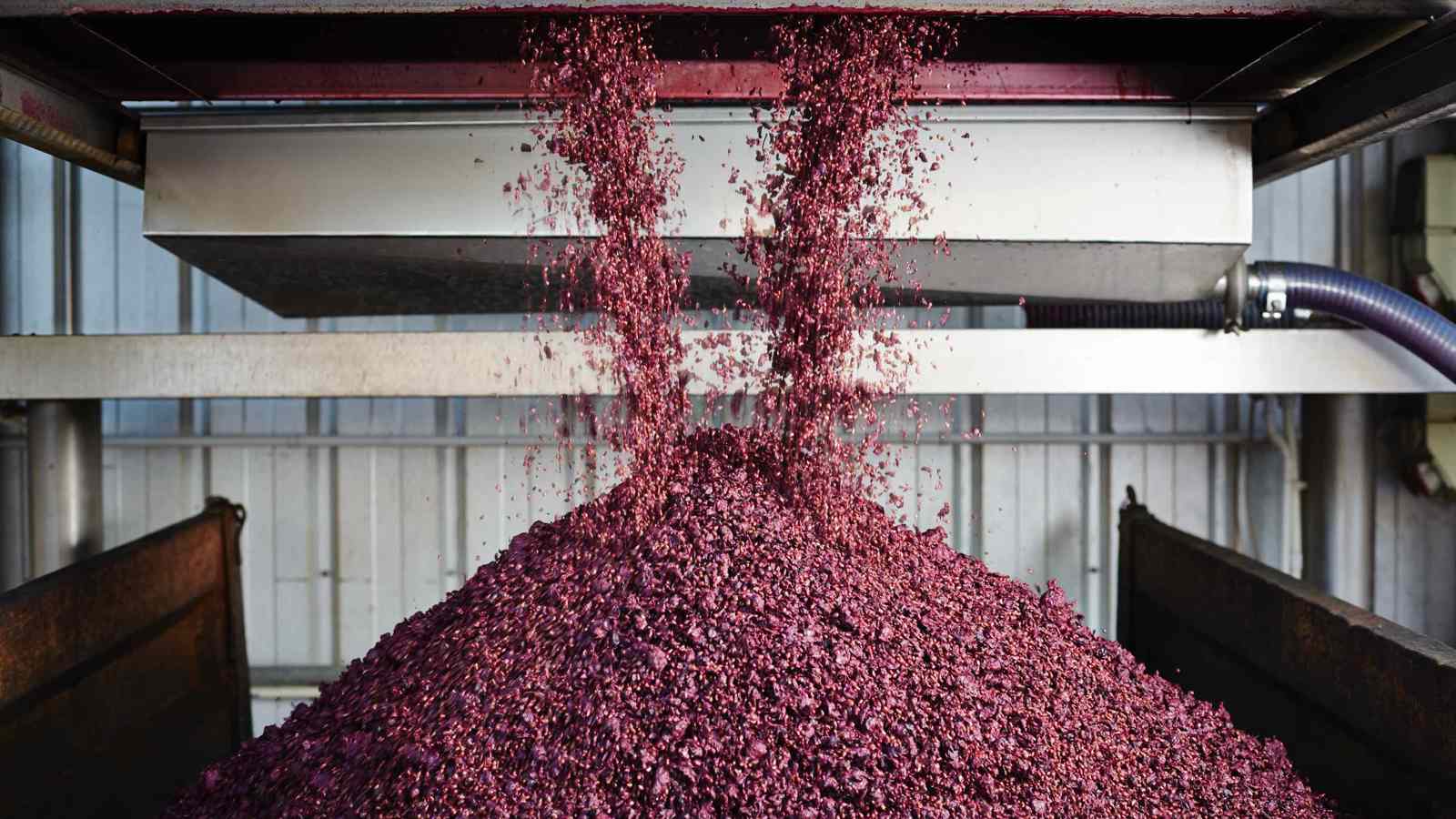
Measure the texture of upcycled foods and by-products
Understand the opportunity, texture associated issues and how a Texture Analyser can be applied.

Opportunity in upcycled foods
The food industry generates enormous quantities of by-products – from whey and spent grain to fruit peels and pomace. Instead of waste, these are opportunities – packed with nutrients and beneficial compounds.
Upcycling turns food waste into:
- Nutritious, high-value ingredients for snacks and baked goods
- Reduced disposal costs and environmental footprint
- A strong brand story for sustainability-focused consumers
With increasing demand for circular economy solutions, both major brands (like Kellogg’s and Tyson Foods) and agile startups are embracing upcycled foods as innovative, cost-efficient ways to stand out in the healthy food market.
Texture challenges in upcycled foods
Repurposing by-products in food formulation is smart and sustainable, but can significantly alter texture—impacting consumer enjoyment.
Key texture challenges:
- Changes in firmness, chewiness, stickiness, or crispiness
- Differences in dough behaviour, volume, and bite for baked goods
- Slightly unusual mouthfeel in snacks or cereals
Goal: Replace traditional ingredients with by-products without consumers noticing any difference in texture.
Why texture analysis is essential
Stable Micro Systems manufactures instruments that measure the tensile and compressional properties of raw ingredients, individual materials and finished products. It is important to measure the textural properties of food to ensure they match the expectations of a consumer.
As with any manufacturing innovation the end-product must go through a quality control process to assess its mechanical (and sensorial) properties. A Texture Analyser is a crucial part of this procedure, giving a reliable way to test products by applying a choice of compression, tension, extrusion, adhesion, bending or cutting tests to measure their physical or textural properties e.g. firmness, stickiness, crispiness and compressibility, to name but a few.
Getting the texture right is critical for consumer acceptance and repeat sales. A Texture Analyser helps you:
- Objectively measure bite, firmness, crispiness, compressibility and more
- Compare prototypes with traditional recipes and competitors
- Optimise formulations quickly and consistently
Our solutions:
- Texture Analysers for every capacity and application
- Specialist probes and attachments, e.g. for dough, chips, granola, bars, or snacks
Examples of how Texture Analysers have been applied
A large amount of research in this area of product development occurs in an academic context and often Texture Analysers are used for patent applications. Here we give you some examples of how Texture Analysers are actually being applied.
Bakery and snacks
- Goji berry by-product in bakery products
- Papaya by-product in pancakes (PDF)
- Chips from brewer’s spent grain
- Potato peel in snacks
- Dietary fibre in biscuits
Other upcycled food innovations
Pioneers in upcycled food innovation
Major brands like Kellogg’s and Tyson Foods use texture analysis for quality and consumer appeal.
Startups quickly realise that measuring and matching texture is the secret to consumer success.
The future of food with upcycling
By 2050, we must feed nearly 10 billion people without exhausting the planet. Upcycling food by-products isn’t just a trend – it’s an essential step towards a sustainable future.
Texture analysis is your key to standout, repeat-buy, upcycled foods.


